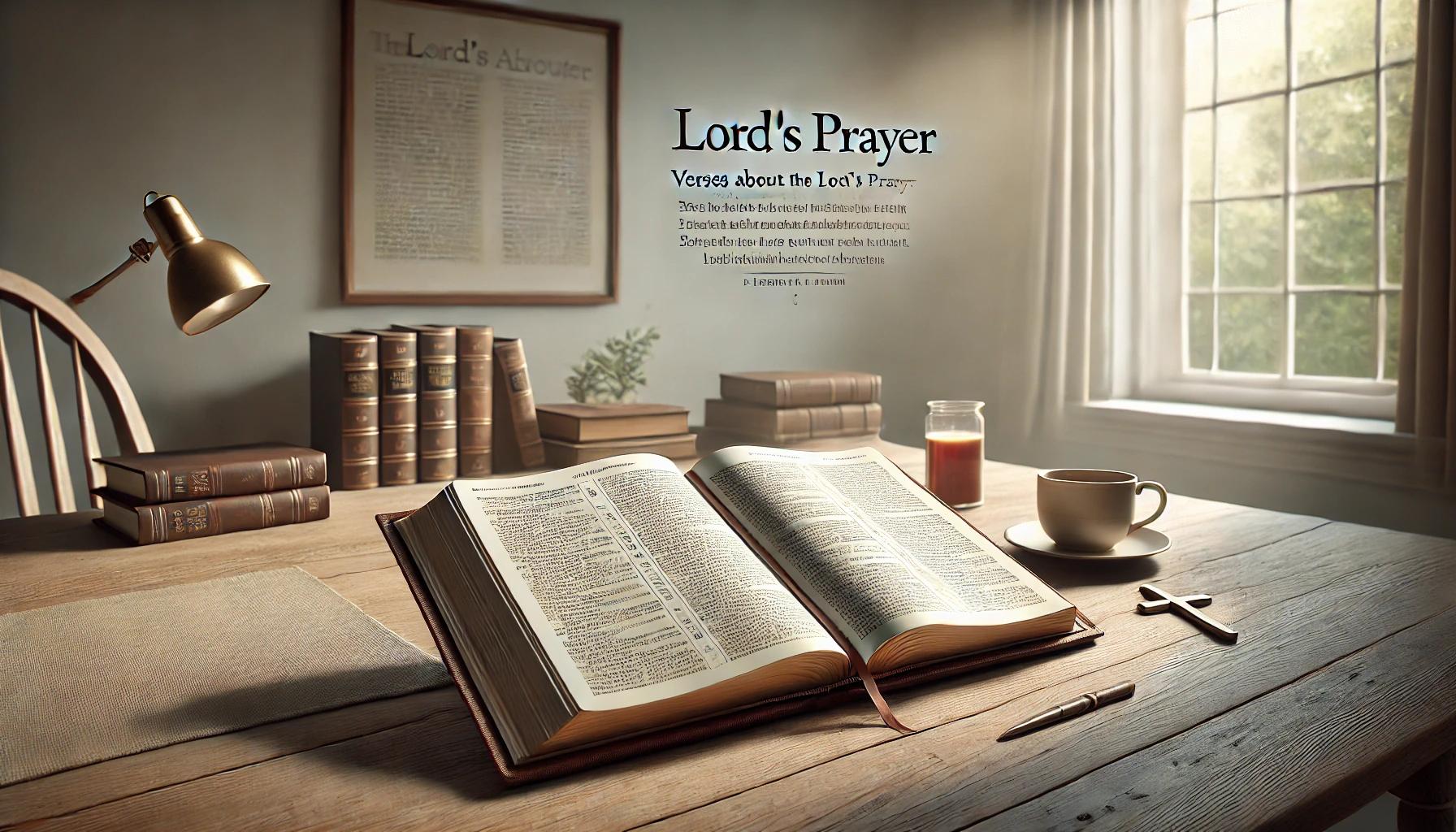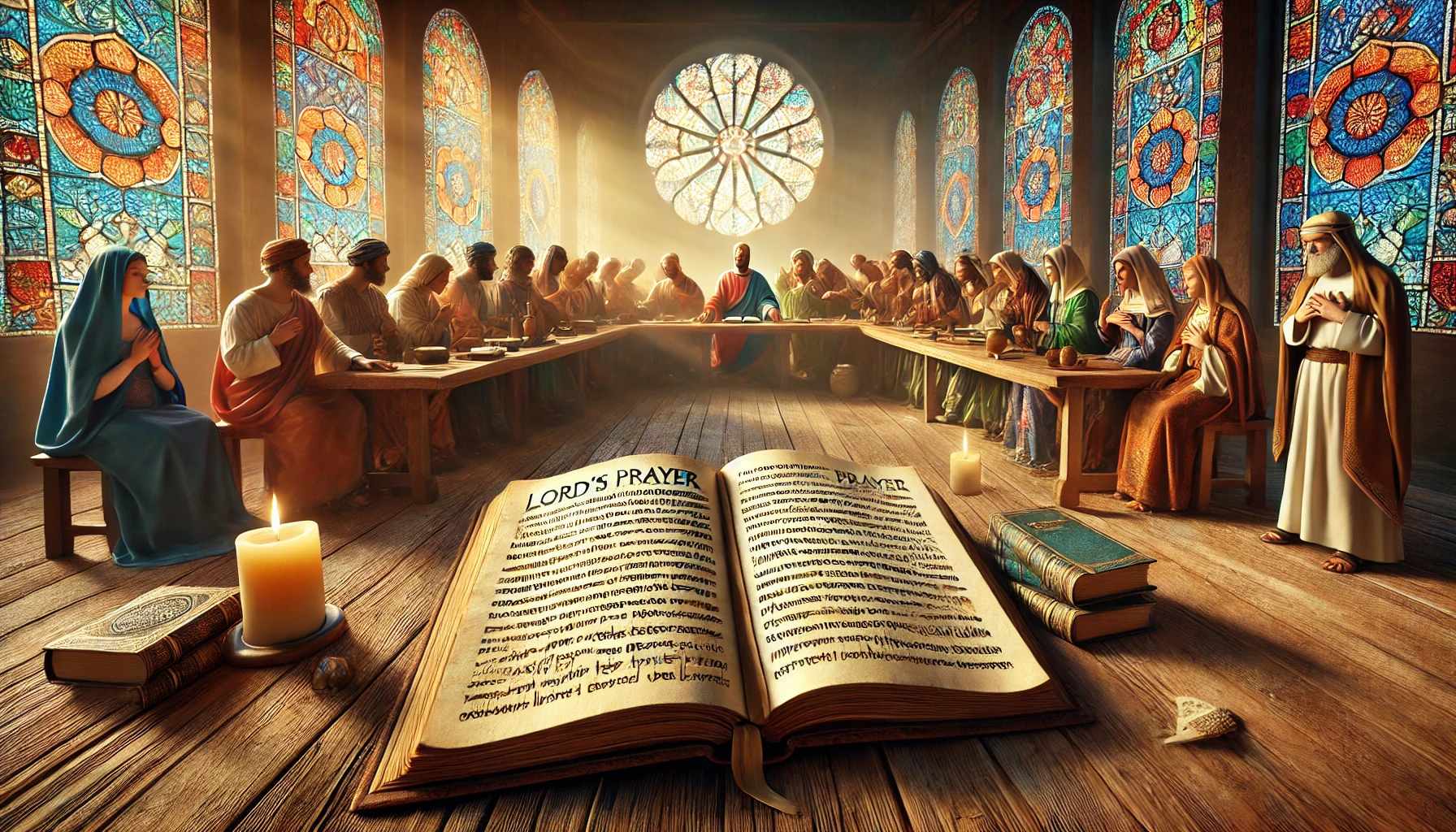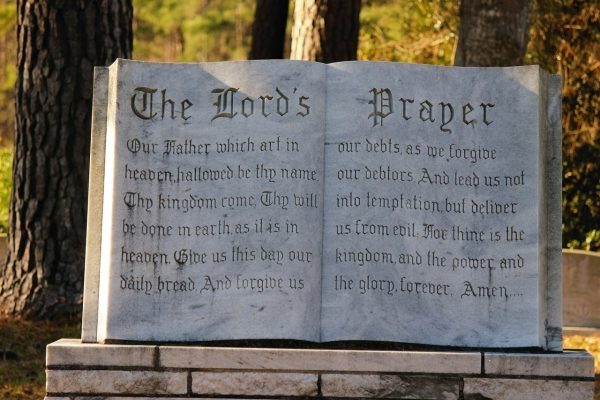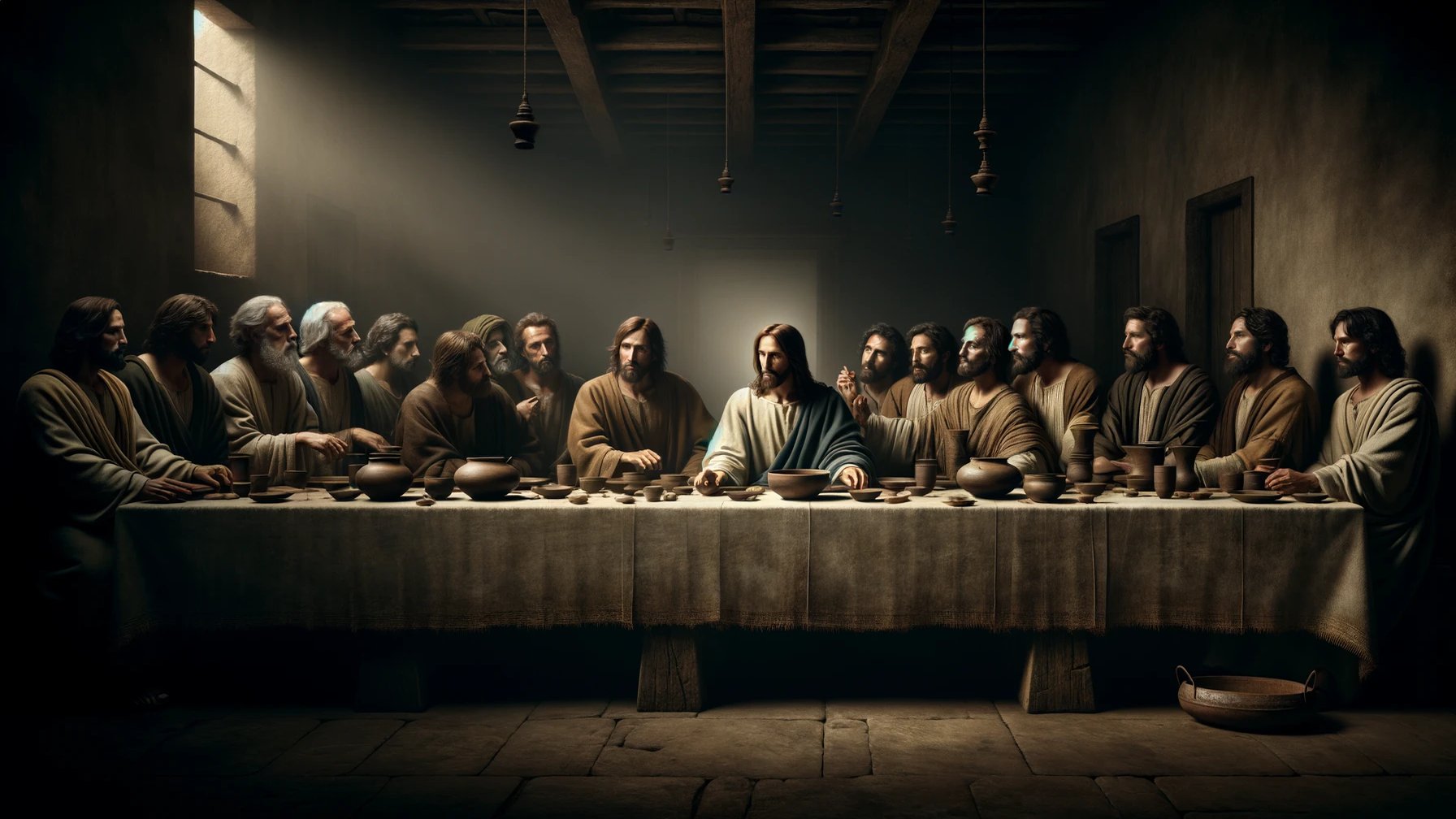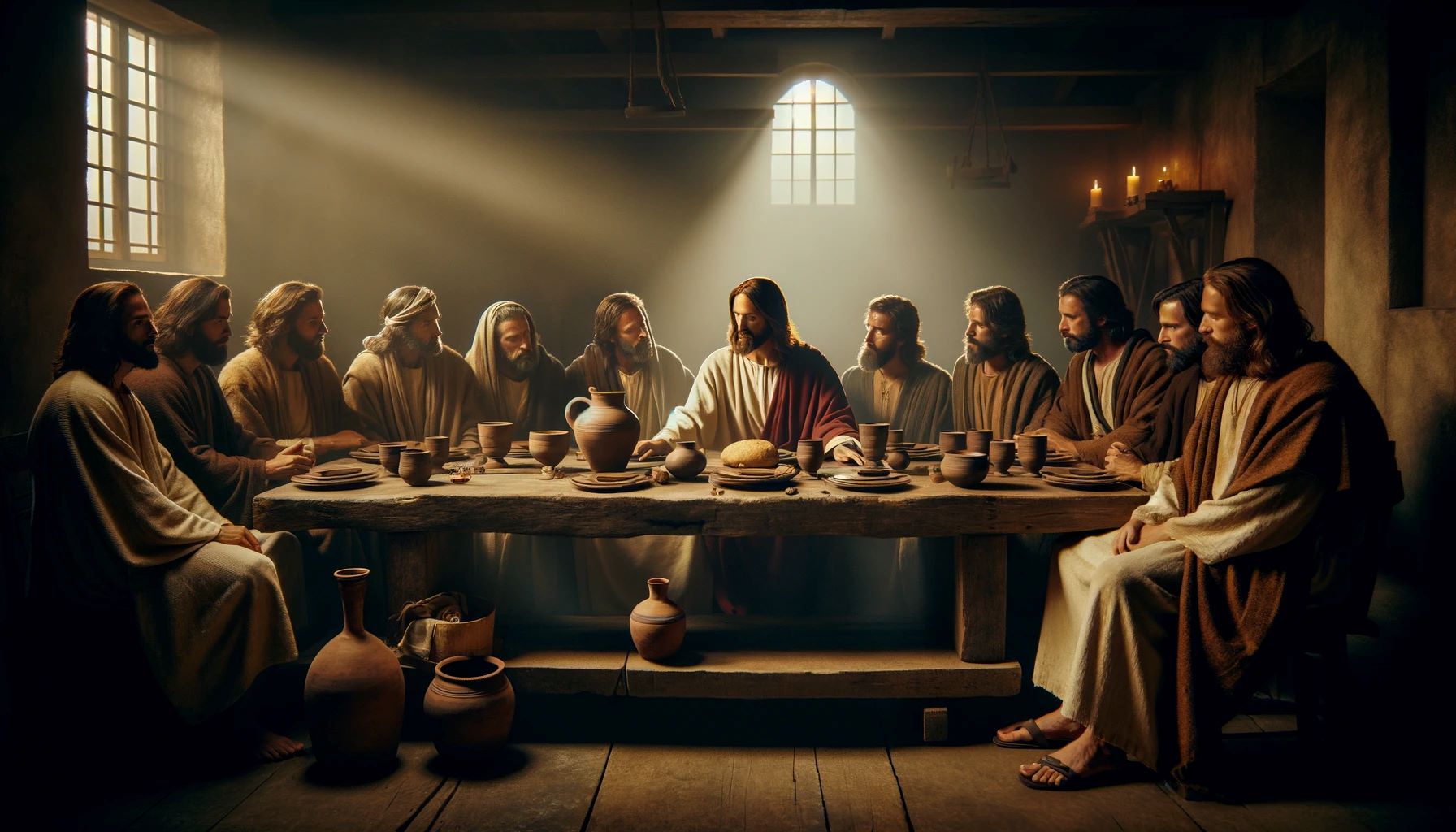Home>Christian Resources>Theology and Practice of The LORD’S SUPPER Part I
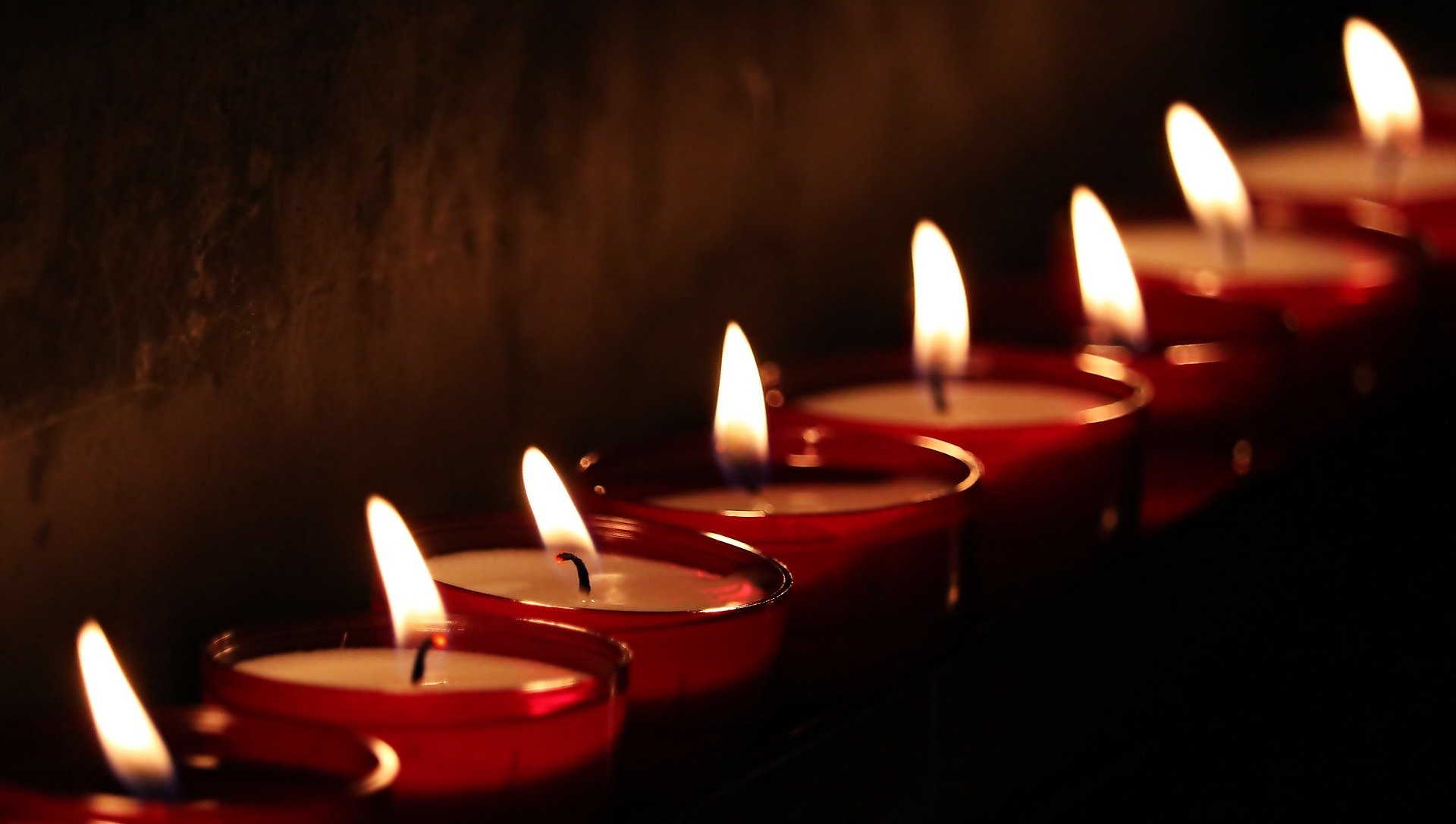

Christian Resources
Theology and Practice of The LORD’S SUPPER Part I
Modified: January 9, 2024
Ericka Andersen, an editor at Christian.net, expertly merges digital strategy with content creation, focusing on faith and societal issues. Her communication skills enhance the platform's engaging narratives, fostering meaningful dialogue on belief's impact on society.
This discussion explores three important points of the Lord’s Supper. Know why, when, & how you should have it to strengthen your union with Christ
(Many of the links in this article redirect to a specific reviewed product. Your purchase of these products through affiliate links helps to generate commission for Christian.net, at no extra cost. Learn more)
The LORD’S SUPPER
Part I
Commission on Theology and Church Relations
of the Lutheran Church–Missouri Synod
as prepared by its
Social Concerns Committee
I. Theology of the Lord’s Supper
B. The Setting in Holy Scripture
C. The Testimony of Holy Scripture
D. A Brief Excursus on Communion Practice in the Early Church
II. Practice of the Lord’s Supper
B.Practice in Accord with the Words of Institution
C.Practice in Accord with the Doctrine of the Office of the Public Ministry
D. Practice in Accord with the Doctrine of the Church
3.Extracongregational Services
III. Questions and Answers
Notes and Citations
Citations from the Lutheran Confessions are taken from The Book of Concord edited by T. G. Tappert (Philadelphia: Fortress Press, 1959). The following abbreviations have been used:
AC – Augsburg Confession
Ap – Apology of the Augsburg Confession
Ep – Epitome of the Formula of Concord
FC – Formula of Concord
LC – Large Catechism
SA – Smalcald Articles
SC – Small Catechism
SD – Solid Declaration of the Formula of Concord
Scripture quotations in this publication are from the “Revised Standard Version of the Bible”, copyrighted 1946, 1952, 1971, 1973. Used by permission.
I
THEOLOGY OF THE LORD’S SUPPER
A. Prologue
The true Christian church is brought into being by the Gospel (I Cor. 1:18-31, cf. especially vv. 21-24). Apart from the preaching and teaching of the Gospel, the church cannot exist. [1] The Lutheran Church believes, teaches, and confesses this truth: The Holy Spirit works through the Gospel in calling each of us from the darkness of the law’s condemnation into the light of Christ’s saving work (1 Cor. 12:3; Matt. 16:17).
Further, when one is called into Christ’s kingdom by the Gospel, he/she is incorporated into Christ’s community–the church (1 Cor. 12:12-31). This whole action occurs without any merit on the believer’s part. The sole glory is God’s for so graciously changing us from dead creatures to new creations in Christ (2 Cor. 5:17).
Thus the Gospel, which no human intellect could ever formulate (Gal. 1:11-12), creates saving faith. Such faith incorporates us into the body of Christ (1 Cor. 1 and 12). Even as God calls out a people for Himself by means of the Gospel, He guides that people by the Scriptures. The person whom God has redeemed and addressed in the Gospel now joyfully seeks God’s guidance in Christ’s word–the prophetic and apostolic Scriptures (John 8:31-32).
It is in Christ’s word that the Christian Church receives the Lord’s invitation: “Take and eat; this is my body.” [2] Since the Gospel has kindled faith in Christ, the church gladly obeys this command. In order rightly to follow the Saviour’s guidance, one must understand the setting and the words of the Lord’s Supper.
B. The Setting in Holy Scripture
The Lord’s timing in instituting the Lord’s Supper is most significant. He selected the night of the Passover meal as the setting for this action. The Passover festival commemorated God’s deliverance of His people from a prideful Pharaoh and recounted how God had provided a means to spare the firstborn sons of the Israelites as the angel of death passed over the land slaying every firstborn son. A lamb was to be slain in each household and its blood sprinkled upon the doorpost. When the angel saw the blood, he would “pass over.” [3]
This blood of the lamb redeemed the life of the firstborn even as it was a part of that action by which God led the children of Israel to freedom. This great deliverance of the past was to point Israel to that future deliverance which would be won by the Lamb of God–the Messiah (Is. 53; 1 Cor. 5:7).
Jesus’ selection of the Passover, therefore, clothes the institution of the Lord’s Supper with Israel’s history. In fact, as Christ now distributes His own body and blood, God’s redemptive purpose in Israel achieves its fulfilment and goal. The blood of the New Testament (Matt. 26:28; Jer. 31:31; 1 Cor. 11:25) now replaces that of the Old (Ex. 24:8). Christ’s sacrifice on Golgotha for the sins of all people is the final and complete sacrifice (Heb. 8-10). Through His death for sin, all people may now be free from sin’s curse and may live for God (Rom. 2- 3). [4]
C. The Testimony of Holy Scripture
1. The Real Presence
The clear claim of Christ in Holy Scripture is that His true body and blood are truly present and distributed to those who eat. [5] All four Scriptural accounts (Matt. 26:26-29; Mark 14:22-25; Luke 22:15-20; 1 Cor. 11:23-26) assert: “This is my body.” “This is my blood of the covenant” (Matthew and Mark). “This cup is the new covenant in my blood” (Luke and Paul). [6]
Scriptural passages other than the words of institution forthrightly teach the Real Presence. St. Paul writes in I Cor. 10:16: “The cup of blessing which we bless, is it not a participation in the blood of Christ? The bread which we break, is it not a participation in the body of Christ?” Or, again, in 1 Cor. 11:27: “Whoever, therefore, eats the bread or drinks the cup of the Lord in an unworthy manner will be guilty of profaning the body and blood of the Lord.”
A Biblical view of the Real Presence rejects two aberrations. On the one hand, it is wrong to reject Christ’s clear words simply because our fallen human reason cannot fully understand
how it comes to pass. Any effort to make the “This is” something less than a clear word, as Reformed theology does by denying the real presence of the body and blood of Christ on earth, is a departure from Christ’s words. On the other hand, it is also fruitless to engage in theories about how the body and blood are present in, with, and under the bread and wine. A dogma such as transubstantiation, as generally taught by Roman Catholicism, is not set forth by Scripture.
2. The Atonement
The institution of the Lord’s Supper is based on Christ’s atonement. By His work of atonement the Lord sacrificed Himself for the sins of all people. This action was completed in its entirety when our Lord uttered the words “It is finished!”[7]
In the words of institution Jesus openly asserts that His blood is being “poured out” (Matt. 26:28; Mark 14:24; Luke 22:20) and that His body is being “given” (Luke 22:19). Both terms underscore the sacrificial nature of His death. Further, the words of institution contain the important reference “for many” (Matt. 26:28; Mark 14:24) or “for you” (Luke 22:19). Jesus now presents His body and blood in bread and wine as the means of divine grace “for the forgiveness of sins” (Matt. 26:28). With His body and blood in the sacrament, He thereby bestows all the blessings and benefits of the atonement (Heb. 9:14-16).
3. The Lord’s Second Coming
Jesus clearly states the significance of the Lord’s Supper for His return in glory. In Matthew we read: “I tell you I shall not drink again of this fruit of the vine until that day when I drink it new with you in my Father’s kingdom” (Matt. 26:29; cf. Mark 14:25). St. Paul also links the institution of the Lord’s Supper with the second coming of Christ: “For as often as you eat this bread and drink the cup, you proclaim the Lord’s death until he comes” (1 Cor.11:26). Thus the communicant confesses or “proclaims” confident faith in the Lord’s promised return when he partakes of the Lord’s Supper.
4. The Church
The Lord’s Supper is a corporate meal. Jesus used plural verbs and pronouns as He spoke to the disciples in the upper room (Matt. 26:26-29 and parallels). St. Paul wrote to the whole church at Corinth when he learned of abuses in the celebration of the Lord’s Supper. [8]Thus there is both a vertical and a horizontal dimension to proper preparation for the Lord’s Supper. Each communicant must examine himself before God (1 Cor. 11:28) and must also conduct himself in a Christian manner over against his fellow Christians (1 Cor. 11:17 ff.). To partake of the Lord’s Supper with malice toward a fellow communicant is sinful (Matt. 5:23-24). To commune without faith in Christ’s promise is to eat and drink judgment upon oneself (1 Cor.11 :29). [9]
The Lutheran Confessions underscore the corporate nature of Holy Communion when they address the question of private self- communion:
Somebody may seek to justify himself by saying that he wishes to communicate himself for the sake of his own devotion. This is not honest, for if he really desires to commune, he can do so most fittingly and properly in the sacrament administered according to Christ’s institution. To commune by himself is uncertain and unnecessary, and he does not know what he is doing because he follows a false human opinion and imagination without the sanction of God’s Word. Nor is it right (even if everything else is in order) for anyone to use the sacrament, which is the common possession of the church, to meet his own private need and thus trifle with it according to his own pleasure apart from the fellowship of the church (SA II ii, 8-9). [[10]
5. The Scriptures
Christ’s Word is authoritative for His church (Eph. 2:19-20). The Lord’s instruction to celebrate Holy Communion, as well as the Words of Institution, are communicated to us in Holy Scripture. Indeed, our Lord chooses to speak to us concerning Himself, the Holy Supper, and the whole counsel of God not directly but through His select prophets and apostles: “These things I have spoken to you, while I am still with you. But the Counsellor, the Holy Spirit, whom the Father will send in my name, he will teach you all things, and bring to your remembrance all that I have said to you” (John 14:25-26; cf. 1 Peter 1:10-12).
The church articulates its view of the Lord’s Supper “upon the foundation of the apostles and prophets, Christ Jesus himself being the cornerstone” (Eph. 2:20).
The Sola Scripture principle means that there is no authority in the church which is to be heeded with equal reverence. The voice of Christ through His inspired spokesmen is the final word on every question. No ecclesiastical tradition–whether of the early church or the Reformation church–merits a place beside Holy Scripture. Nor do reason, science, or philosophy possess an authority which is equal to Scripture.
Thus, in gladly obeying Christ’s guidance on the nature and meaning of Holy Communion, the church also confesses the authority and truthfulness of every word of Christ mediated to us in the Holy Scriptures. Our fathers eloquently confessed:
On the contrary, in accord with the simple words of Christ’s testament, we hold and believe in a true, though supernatural, eating of Christ’s body and drinking of his blood, which we cannot comprehend with our human sense or reason. Here we take our intellect captive in obedience to Christ, as we do in other articles also, and accept this mystery in no other way than by faith and as it is revealed in the Word (FC Ep VII, 42).
D. A Brief Excursus on Communion Practice in the Early Church
Long before St. Augustine’s City of God, the church fathers reflected in their writings the conviction that the Christian community was in but not of this world. They were convinced that God was best honoured and the church best served when this distinction was held before the faithful. Thus, in dealing with Communion practices, the fathers everywhere underscored the importance of preparing for the sacred meal and distancing oneself from the salads which the secularism of that day served up. The earliest reference to Communion practice, Didache 9, breathes this spirit when it pointedly distinguishes between “the church” and “the dogs”:
As this piece [of bread] was scattered over the hills and then was brought together and made one, so let your Church be brought together from the ends of the earth into your Kingdom. For yours is the glory and the power through Jesus Christ forever.
You must not let anyone eat or drink of your Eucharist except those baptised in the Lord’s name. For in reference to this the Lord said, “Do not give what is sacred to dogs.”[11]
Indeed, as one reads further, this document from the early second century distinguishes between those within the fellowship as to the times when Communion could be rightly received and those instances where Communion would be improper:
On every Lord’s Day–his special day–come together and break bread and give thanks, first confessing your sins so that your sacrifice may be pure. Anyone at variance with his neighbor must not join you, until they are reconciled, lest your sacrifice be defiled. For it was of this sacrifice that the Lord said, “Always and everywhere offer me a pure sacrifice; for I am a great King, says the Lord, and my name is marvelled at by the nations.” [12]
It is necessary to first “confess your sins,” so that one’s participation in the Eucharist might be “pure.” It is also required that no lurking grudge within the heart of the believer profane the Holy Supper.
As one moves from this earliest material into the subsequent patristic literature, there is great continuity in theological attitude and emphasis. Repeated comments on the administration of Holy Communion support a restrictive admission policy with respect to Eucharistic fellowship. Two themes run throughout the patristic treatises and tracts. First, a life which manifests clear rebellion against the Gospel by “wilful and gross” sins constitutes a wall to God-pleasing fellowship. Secondly, teaching which detracts from Christ’s person and work or fails to heed His voice in the prophetic and apostolic Scriptures is similarly regarded as a fracture of fellowship. [13]
An excellent summary of the church fathers’ writings relative to Communion practices is given in Werner Elert’s Eucharist and Church Fellowship in the First Four Centuries. This study repeatedly demonstrates that the early church perceived Communion fellowship as confession of a common faith. It was unthinkable, from their perspective, that one who taught false doctrine could be admitted to the Lord’s Table. [14]
E. The Confessional Witness
The Lutheran Confessions are a superb repository of Biblical exposition and teaching concerning the Lord’s Supper. Our symbols dwell at length on the manifold benefits of Holy Communion.
1. The Lord’s Supper offers and conveys forgiveness of sins.
By these words forgiveness of sins, life, and salvation are given to us in the sacrament, for where there is forgiveness of sins, there are also life and salvation (SC VI, 6).
The people are also admonished concerning the value and use of the sacrament and the great consolation it offers to anxious consciences, that they may learn to believe in God and ask for and expect whatever is good from God (AC XXIV, 7).
2. The Lord’s Supper offers the truly present body and blood of Christ.
It is taught among us that the true body and blood of Christ are really present in the Supper of our Lord under the form of bread and wine and are there distributed and received. The contrary doctrine is therefore rejected (AC X).
3. The Lord’s Supper strengthens faith.
Thus the Lord’s Supper was instituted in the church so that as this sign reminds us of the promises of Christ, the remembrance might strengthen our faith and we might publicly confess our faith and announce the blessings of Christ, as Paul says (1 Cor. 11:26), “As often as you do this, you proclaim the Lord’s death” (Ap IV, 210).
4. The Lord’s Supper imparts power for Christian living.
For here in the sacrament you receive from Christ’s lips the forgiveness of sins, which contains and conveys God’s grace and Spirit with all his gifts, protection, defence, and power against death and the devil and all evils (LC V, 70).
5. The Lord’s Supper is an act of thankful adoration.
The principal use of the sacrament is to make clear that terrified consciences are the ones worthy of it, and how they ought to use it.
There is also a sacrifice, since one action can have several purposes. Once faith has strengthened a conscience to see Its liberation from terror, then it really gives thanks for the blessing of Christ’s suffering. It uses the ceremony Itself as praise to God, as a demonstration of its gratitude, and a witness of its high esteem for God’s gifts. Thus the ceremony becomes a sacrifice of praise (Ap XXIV, 73-74).
6. The Lord’s Supper is a celebration of Christian fellowship.
After the Last Supper, as he was about to begin his bitter passion and death for our sin, in this sad, last hour of his life, this truthful and almighty Lord, our Creator and Redeemer Jesus Christ, selected his words with great deliberation and care in ordaining and instituting this most venerable sacrament, which was to be observed with great reverence and obedience until the end of the world and which was to be an abiding memorial of his bitter passion and death and of all his blessings, a seal of the new covenant, a comfort for all sorrowing hearts, and a true bond and union of Christians with Christ their head and with one another (FC SD VII, 44).

This text was converted to ASCII text for Project Wittenberg by Mark A. French and is in the public domain. You may freely distribute, copy or print this text. Please direct any comments or suggestions to:
Walther Library
Concordia Theological Seminary.
Surface Mail: 6600 N. Clinton St., Ft. Wayne, IN 46825 USA
Phone: (260) 452-3149 – Fax: (260) 452-2126


